It's easy to take the splendour of Britain's historic houses for granted, but the tiniest details are expertly cared for by many pairs of keen eyes and steady hands. Bursting with a wealth of drawings, paintings, sculptures, books and other classical antiques, Chatsworth House on the bank of the River Derwent in Derbyshire is no different.
Home to the aristocratic Cavendish family since 1549, and passed down through 14 generations, Chatsworth House is the seat of the Duke of Devonshire. During the 10 weeks of the year that Chatsworth is closed to the public, head housekeeper Janet Bitton and her team have a narrow window in which to carry out a blitz on the cleaning.
Though one of England's best-known stately houses, Chatsworth is first and foremost a home. To see inside (or whet your appetite for a visit) scroll on to see collections passed down from parents, grandparents and beyond, which are expertly mixed with a smattering of unusual and surprising contemporary finds.
The Painted Hall
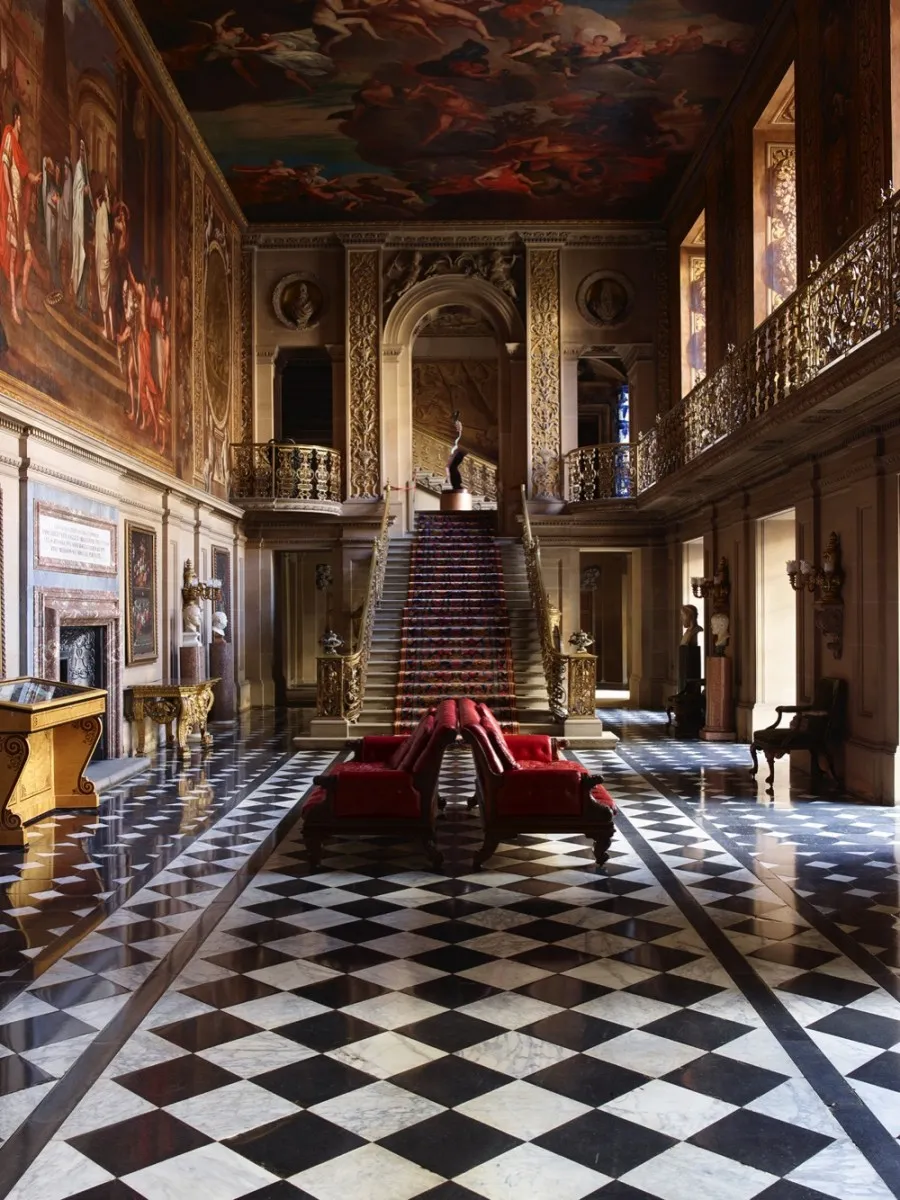
The opulent Painted Hall was designed by the 1st Duke of Devonshire as a reception room but in the 1820s the 6th Duke transformed it into a lavish entrance hall with a black-and-white marble floor. The painted ceiling and wall, which give the room its name, were created in 1687 by Louis Laguerre and depict dramatic scenes from the life of Julius Caesar.
You might also like inside the real Downton Abbey: take a tour of Highclere Castle
The Library

The 6th Duke created this library from the 1st Duke's long gallery, comissioning the Axminster carpet in 1830. Among the 40,000 books lining the shelves is a collection of pre-printing press books handmade by monks.
The Chapel Corridor
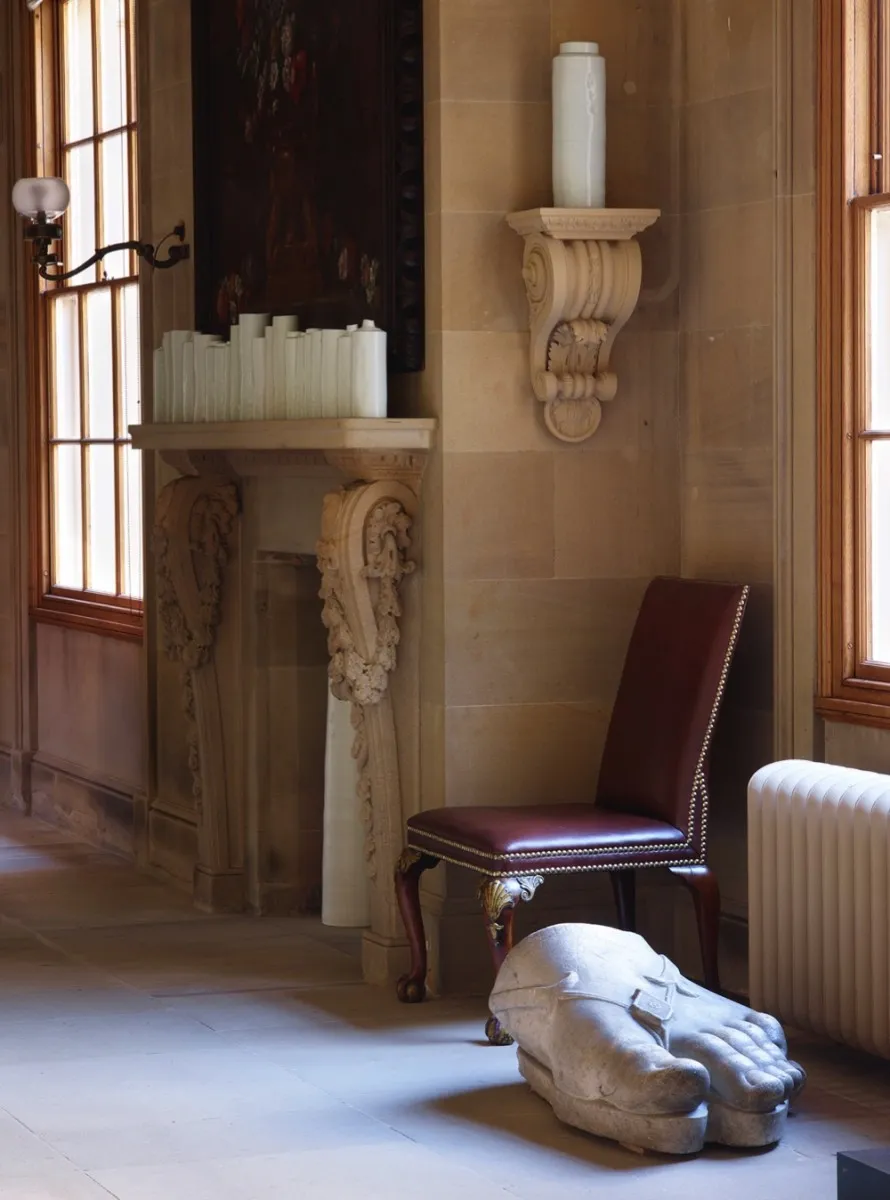
This open corridor leads from the Painted Hall to the chapel, with pieces on display that span 4,000 years of history. The cylindrical ceramics on the mantelpiece are part of a striking contemporary installation entitled A Sounding Line by Edmund de Waal, while the colossal flip-flop-wearing marble foot dates to the first century BC.
The 6th Duke's Sculpture Gallery
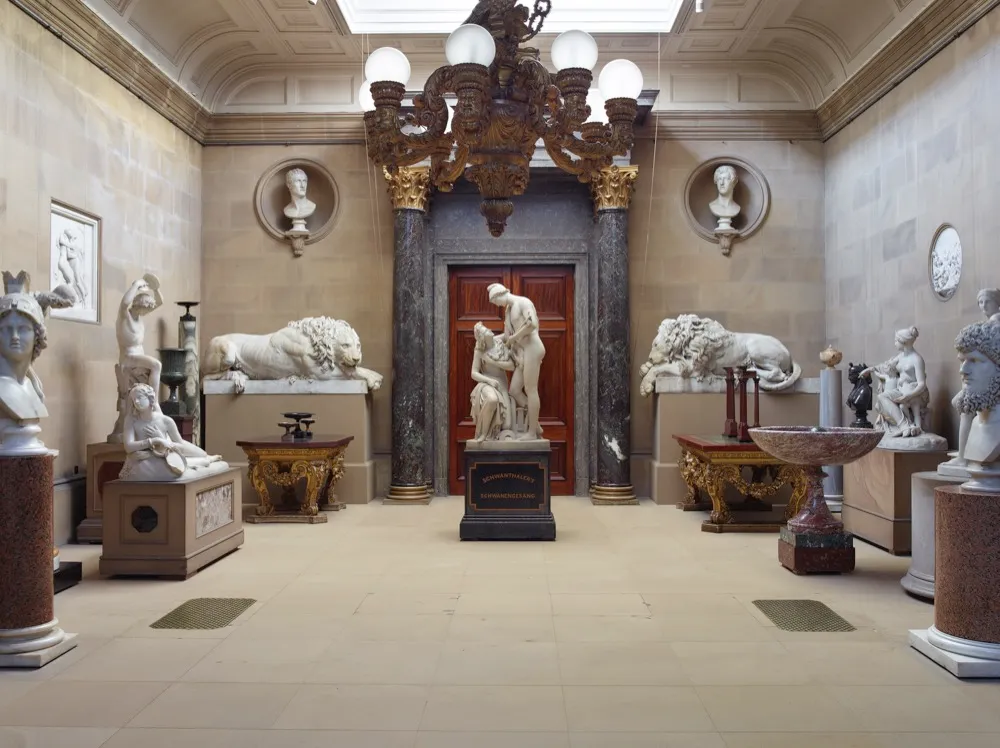
'The 6th Duke of Devonshire, William Spencer Cavendish, had a bit of a thing for going to auctions,' says Janet. In particular he liked to buy marble. He had this sculpture gallery purpose-built following a trip to Italy in 1819, where he fell in love with the work of Italian sculptor Antonio Canova. So much so that the two busts above the doorway depict Canvova and the 6th Duke himself.
You might also like a day in the life of a Chatsworth gardener
The Queen of Scots Apartment
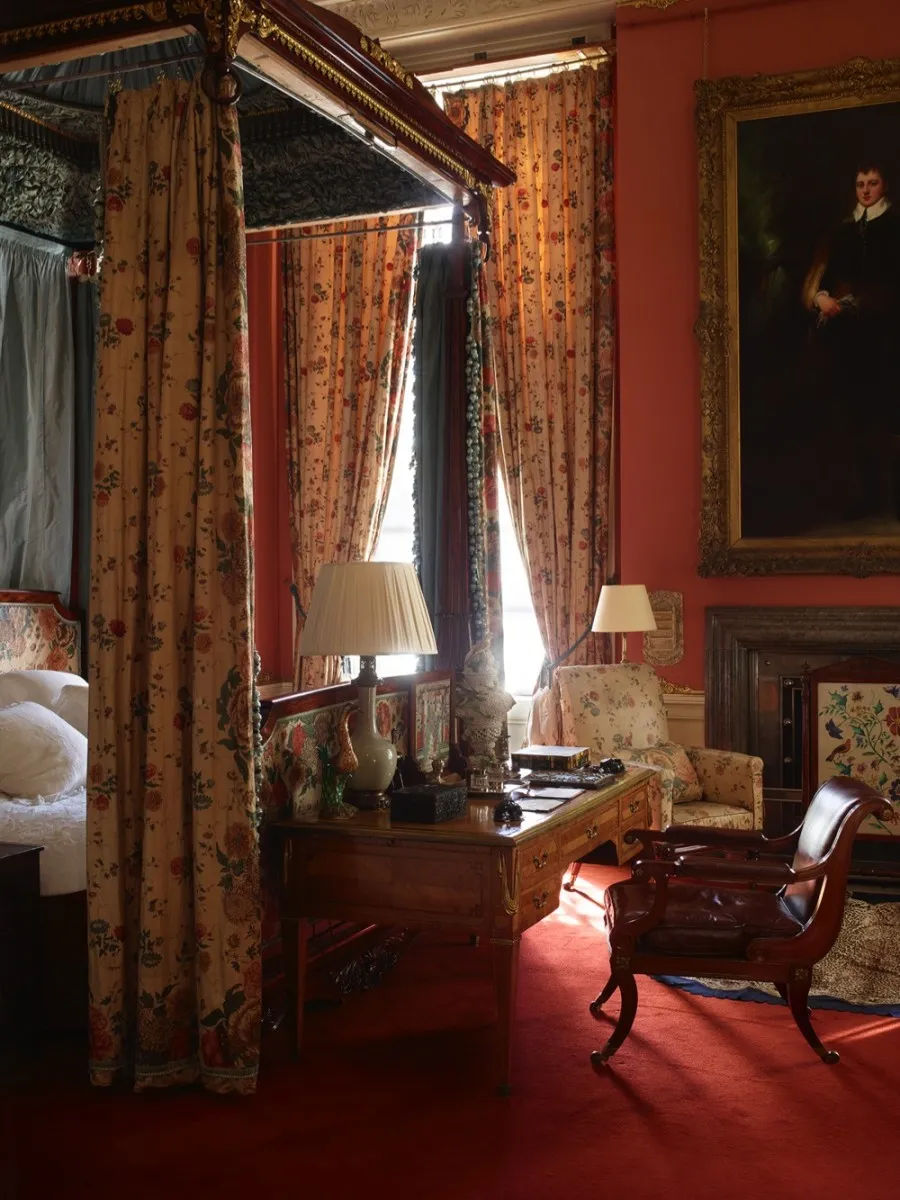
When he wasn't antiquing, the Duke loved to entertain, and his structural changes to Chatsworth ensured that it became the ultimate party house. In the 1830s an extension was built, which included a guest wing so that his many guests could stay over. This wing houses the famous Queen of Scots apartment, which takes its name from Mary I of Scotland, who stayed at Chatsworth for a short while during her eighteen and a half years of imprisonment.
The State Drawing Room
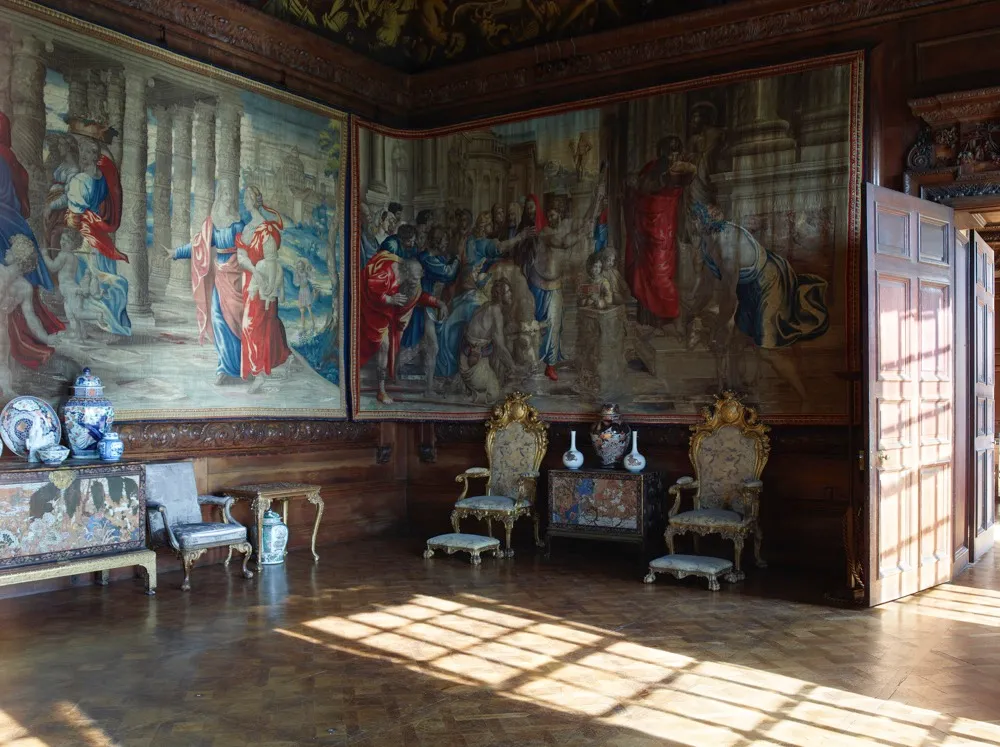
The State Drawing Room houses the famous Mortlake tapestries. A keen eye will spot that to the far left, a slither of the image appears much brighter than the rest. This isn't a trick of the light but a previously 'missing' section of the tapestry that had been tucked behind and protected by the rest of the textile for centuries. 'It was such an exciting moment,' says Jo Banks, Chatsworth's textiles conservator.
While taking down the tapestries for conservation, they also discovered a rogue chocolate bar wrapper from the 1930s. Presumably from one of the schoolgirls who slept in the room during the Second World War and chose to hide the evidence of her midnight snack behind the tapestry!